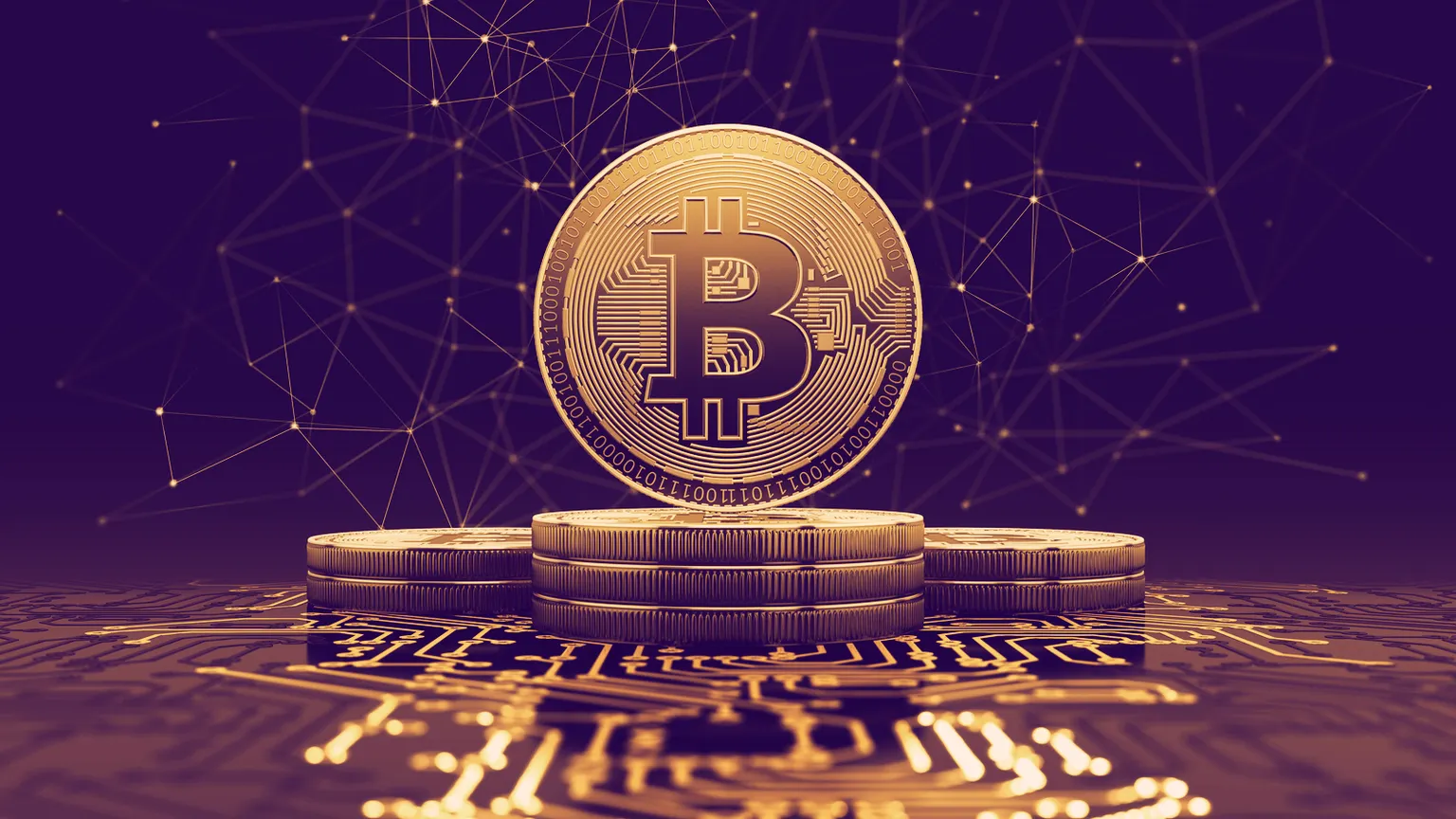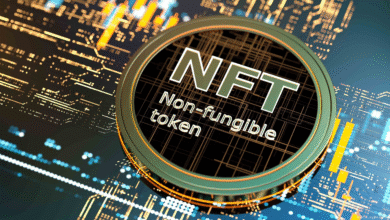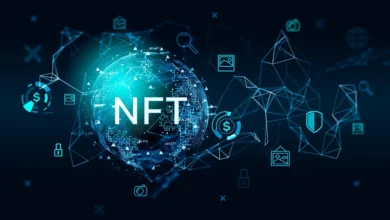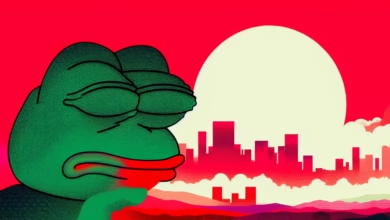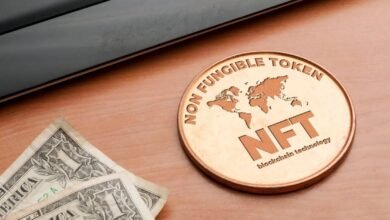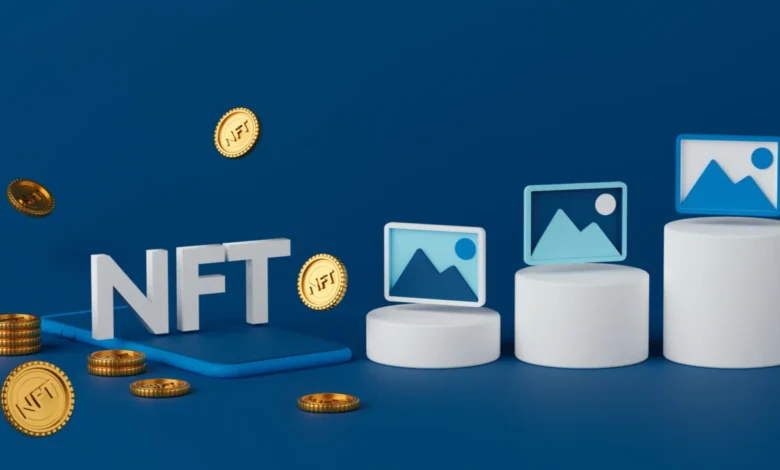
NFT history. What was once a thriving marketplace filled with million-dollar sales and celebrity endorsements has transformed into a cautionary tale about speculative investments and market volatility. The NFT market collapse has spared no one, with even the most prestigious collections watching their floor prices plummet by fifty percent or more, leaving investors questioning the future of digital ownership and blockchain-based assets.
The euphoria that characterized the NFT boom of 2021 and 2022 seems like a distant memory. Back then, digital collectibles were selling for astronomical sums, with projects like Bored Ape Yacht Club and CryptoPunks commanding prices that rivaled traditional fine art. Celebrities rushed to showcase their profile pictures, brands launched ambitious Web3 strategies, and venture capital flooded into the space. However, the current market reality paints a starkly different picture, one that raises fundamental questions about the sustainability of digital collectibles and their long-term value proposition.
The Magnitude of the NFT Market Downturn
The scale of value destruction in the non-fungible token market has been breathtaking. Premium collections that were once considered safe havens for crypto wealth have experienced devastating losses. Floor prices, which represent the minimum price to enter a collection, have collapsed across the board. Projects that maintained multi-million dollar valuations just months ago now struggle to find buyers at fractions of their peak prices.
Data from various blockchain analytics platforms reveals a sobering truth about the current state of affairs. Trading volumes have declined precipitously, with some marketplaces reporting reductions of over seventy percent compared to their historical highs. The number of active buyers has similarly contracted, suggesting that the speculative frenzy that once drove prices skyward has given way to a more cautious and risk-averse investor base. Even blue-chip NFT collections, long considered the gold standard of digital ownership, have not been immune to this widespread devaluation.
The psychological impact on collectors and investors cannot be overstated. Many entered the space during the height of the mania, purchasing digital assets at premium prices with expectations of continued appreciation. These individuals now find themselves holding assets worth significantly less than their initial investment, creating a dynamic where selling means accepting substantial losses, while holding offers no guarantee of recovery.
The Factors Behind the Collapse
Multiple converging forces have contributed to the dramatic downturn in NFT valuations. The broader cryptocurrency market decline has played a crucial role, as NFTs are predominantly purchased using Ethereum and other digital currencies. When cryptocurrency prices fall, the purchasing power of potential buyers diminishes, creating downward pressure on NFT prices. This interconnection between crypto market health and NFT values has proven to be a double-edged sword for the industry.
Macroeconomic headwinds have also taken their toll on the market. Rising interest rates, inflationary pressures, and economic uncertainty have prompted investors to retreat from speculative assets across all categories. Digital assets and NFTs, being among the most speculative investments available, have borne the brunt of this risk-off sentiment. Discretionary spending has contracted, and luxury purchases, which many NFTs effectively represent, have become less appealing to a financially cautious public.
The market was also plagued by fundamental issues that became increasingly apparent as the initial excitement faded. Oversaturation became a significant problem, with thousands of new projects launching weekly, each promising to be the next big thing. This flood of supply overwhelmed demand, fragmenting collector attention and capital across an impossibly broad spectrum of offerings. Quality suffered as creators rushed to capitalize on the trend, leading to a marketplace filled with derivative projects lacking genuine innovation or artistic merit.
The Impact on Premium Collections
What makes the current downturn particularly striking is that even the most established and prestigious NFT collections have suffered significant value erosion. These blue-chip projects were supposed to represent digital status symbols with enduring value, comparable to luxury watches or high-end real estate. Instead, they have demonstrated vulnerability to the same market forces affecting lesser-known projects.
CryptoPunks, often considered the original NFT collection and a cultural touchstone for the entire movement, has seen its floor price decline dramatically from its peak. These pixelated avatars, which once sold for millions of dollars and were acquired by major celebrities and corporations, now trade at substantially reduced prices. The collection’s historical significance and cultural cachet have not been sufficient to insulate it from the broader market malaise.
Bored Ape Yacht Club, perhaps the most recognizable NFT brand globally, has experienced similar challenges. Despite efforts by its creator, Yuga Labs, to expand the intellectual property through various initiatives, including games, merchandise, and even a metaverse platform, the collection’s value has contracted significantly. High-profile owners who paid premium prices during the peak now find their investments underwater, raising questions about the sustainability of community-driven value creation in digital art markets.
Even Art Blocks, a platform known for generative art and attracting serious collectors with an appreciation for algorithmic aesthetics, has not escaped unscathed. Projects that were minted for thousands of dollars and appreciated further in secondary markets have retreated to prices that barely exceed their original mint costs, if at all. This suggests that even art-focused NFT projects with genuine creative merit have struggled to maintain valuations in the current environment.
Market Liquidity and Trading Volume Concerns
Beyond price declines, the NFT marketplace faces a more insidious problem: evaporating liquidity. A market can recover from price drops if sufficient trading activity continues, allowing price discovery and providing exit opportunities for investors. However, many NFT collections now suffer from minimal daily trading volume, meaning that even at reduced prices, finding buyers proves difficult.
This liquidity crisis creates a vicious cycle. As trading activity declines, bid-ask spreads widen, making transactions more costly and less efficient. Potential sellers face the prospect of having to accept bids far below the floor price to actually execute sales. This illiquidity discourages both buying and selling, further reducing market activity and making price discovery increasingly unreliable.
The concentration of ownership within many collections exacerbates these liquidity issues. When a small number of holders control substantial percentages of a collection, the free float available for trading shrinks, limiting market depth. If these large holders decide to exit positions, they can overwhelm available demand, causing prices to cascade downward. The psychology of holding illiquid assets in declining markets creates stress for investors who feel trapped in positions they cannot easily exit.
The Role of Speculation and Utility
The current crisis has exposed a fundamental tension within the NFT space between speculation and genuine utility. Many projects during the boom cycle were purchased primarily as speculative vehicles, with buyers anticipating they could sell to subsequent buyers at higher prices. This greater fool theory approach created unsustainable dynamics that inevitably led to corrections when new buyers stopped entering the market.
The concept of NFT utility has become increasingly important in discussions about long-term value. Projects that offer genuine benefits beyond speculative appreciation, such as access to exclusive communities, intellectual property rights, or tangible goods and services, have generally fared better than those offering only digital ownership with no additional perks. However, even utility-focused projects have struggled as the broader market weakness overwhelms specific advantages.
Gaming NFTs, which promised to revolutionize in-game economies and digital ownership, have faced particular challenges. Many blockchain games failed to develop compelling gameplay experiences, instead focusing primarily on tokenomics and earning mechanisms. As these play-to-earn models proved unsustainable, the associated NFT assets lost value alongside player interest. The promise of metaverse integration and virtual world ownership similarly failed to materialize in meaningful ways during this market cycle.
Lessons from the NFT Market Implosion
The dramatic downturn in non-fungible tokens offers valuable lessons for investors, creators, and the broader blockchain industry. First, the importance of sustainable fundamentals over hype-driven narratives has become abundantly clear. Projects built solely on community enthusiasm and social media momentum proved fragile when market sentiment shifted. Long-term viability requires genuine innovation, compelling use cases, and value delivery beyond speculative appreciation.
Second, the risks of following celebrity endorsements and influencer promotions have been exposed. Many high-profile figures who promoted NFT projects during the boom have gone silent as values collapsed, leaving their followers holding depreciated assets. This experience has created skepticism that will likely persist in future market cycles, making purely hype-based launches more difficult to execute successfully.
Third, the interconnection between cryptocurrency markets and NFT valuations has been definitively established. Investors cannot treat digital collectibles as isolated from broader crypto market dynamics. This correlation means that NFT investments carry compounded risk, being subject to both crypto market volatility and NFT-specific factors simultaneously.
The Path Forward for NFT Markets
Despite the current challenges, the NFT ecosystem is not necessarily heading toward complete obsolescence. The underlying technology of blockchain-based digital ownership remains sound, and legitimate use cases continue to develop. The current downturn may ultimately prove healthy by clearing out unsustainable projects and refocusing the industry on building genuine value rather than chasing speculation.
Serious artists and creators continue exploring NFTs as distribution mechanisms and new revenue streams, independent of speculative trading dynamics. Digital provenance and authentication remain valuable propositions for certain categories of digital and physical goods. Enterprise applications of NFT technology, including ticketing, supply chain verification, and identity management, continue to develop outside the consumer collectibles market that has captured most attention.
Recovery will likely require several developments. Broader cryptocurrency market stabilization would remove downward pressure from correlated assets. Development of compelling utility and integration into established platforms could create genuine demand independent of speculation. Regulatory clarity would allow institutional participation with appropriate risk management frameworks. Most importantly, realistic valuation expectations replacing unrealistic moonshot mentality would create more stable pricing dynamics.
Conclusion
The implosion of the NFT market represents one of the most dramatic asset bubbles in recent memory. The fact that even the most prestigious and established collections lost half their value or more illustrates how thoroughly speculative dynamics had divorced prices from any sustainable fundamental basis. The confluence of cryptocurrency market weakness, macroeconomic pressures, oversupply, and the evaporation of speculative interest created a perfect storm that has left the industry reeling.
For investors currently holding depreciated NFT assets, difficult decisions lie ahead. The illiquid nature of many collections means that selling even at current reduced prices may prove challenging. Holding requires conviction that long-term value will reassert itself despite current market realities. The psychological toll of watching substantial investments evaporate has been considerable, and many participants may exit the space entirely, having learned expensive lessons about speculation and risk management.
The future of NFTs remains uncertain but not necessarily bleak. The technology has legitimate applications, and genuinely innovative projects may yet emerge from the wreckage of the current downturn. However, the days of easy profits and universally rising prices are definitely over. Moving forward, success in the NFT space will require focusing on genuine value creation, sustainable business models, and realistic expectations rather than the hype-fueled speculation that characterized the recent boom and subsequent bust. The market has delivered a harsh but necessary correction, and what emerges from this period will determine whether NFTs represent a lasting innovation or merely a transient fad.
FAQs
Q1: Will NFT prices ever recover to their previous highs?
Whether NFT prices return to previous peak levels depends on multiple factors, including cryptocurrency market recovery, development of genuine utility, and renewed investor interest. While some premium collections may eventually regain value, many projects will likely never return to their highs. Historically, after speculative bubbles burst, only assets with genuine fundamental value tend to recover.
Q2: Are NFTs a good investment right now with prices so low?
Current low prices do not automatically make NFTs good investments. Before purchasing, consider whether the project offers genuine utility, has an active community, maintains development activity, and possesses characteristics that could drive long-term value. Most NFTs should be viewed as speculative assets with high risk, and investment should only involve capital you can afford to lose entirely.
Q3: What caused blue-chip NFT collections to lose so much value?
Blue-chip collections lost value due to several converging factors, including the broader cryptocurrency market decline, reduced liquidity as trading volumes dropped, macroeconomic pressures reducing discretionary spending, and the realization that even prestigious collections were overvalued during the speculative mania.
Q4: How can I sell my NFTs if there are no buyers?
Selling NFTs in an illiquid market requires patience and realistic pricing. Consider listing at or below the floor price to attract available buyers, or accepting offers even if they seem low relative to your purchase price. Alternatively, you might hold and hope for market recovery, though this carries the risk of further declines.
Q5: Do NFTs have any future beyond speculation?
NFTs as a technology have legitimate potential applications beyond speculative trading, including digital identity, event ticketing, supply chain authentication, gaming items with true ownership, and creative monetization for artists. However, these practical applications are still developing and differ significantly from the collectible NFT market that recently crashed.


